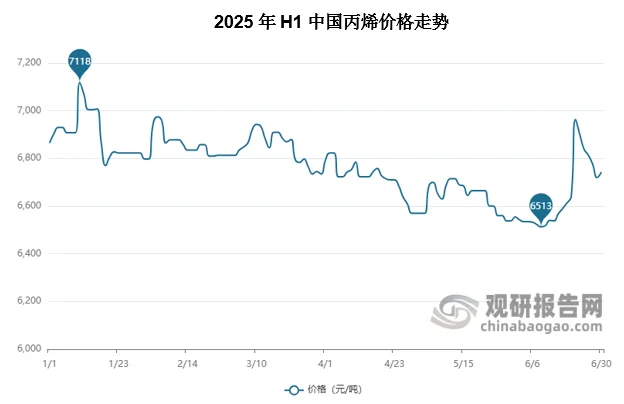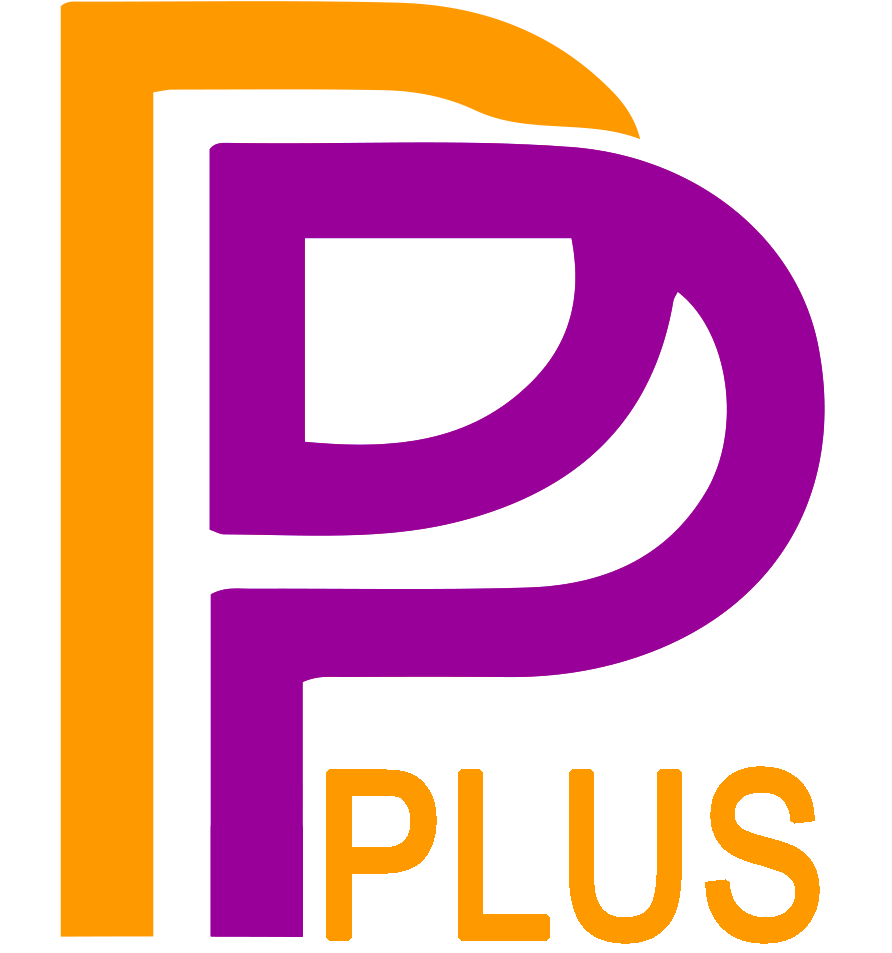Propylene deficit is procured from external sources beyond on-site production by DCC units
2025 H1 China Propylene Price Trend (yuan/tonne)
Problem Statement
At the Daxie refinery, propylene production capacity from DCC-plus is 420,000 tonnes and from DCC-Pro estimated to be 621,000 tonnes per year for a total of 1.041 million tonnes per year. PP1 (Novolen) with a capacity of 300,000 tonnes per year and both ST-III polypropylene plants with an unitary capacity of 450,000 tonnes per year, have a cumulated production capacity of 1.2 million tonnes per year. Assuming this volume is also the propylene monomer consumption of all three polypropylene plants, there is a deficit of 160,000 tonnes per year of polypropylene to operate the plants.
External Propylene Supply
This complementary propylene supply gap is likely imported from external sources, as confirmed by multiple Chinese information sources:
External propylene supply sources confirmed:
-
Direct imports: Chinese trading and industry reports confirm that Daxie receives imported propylene, particularly from Korean and Japanese suppliers via pipeline/marine terminal. Propylene trade flows show Ningbo (including Daxie) as a key import hub for East China. [1] [2] [3]
-
Pipeline from neighboring complexes: Reports mention propylene supply agreements and pipeline connections with nearby Ningbo area petrochemical facilities, including potential feeds from other regional crackers or PDH units. [3] [4] [5]
-
Third‑party processing agreements: Industry summaries note that Daxie has arrangements to process propylene from external sources, including from companies like Huatai Shengfu (華泰盛富) which operates a 700 kt/y light hydrocarbon utilization project that produces propylene for the Daxie complex.[5]
Quantitative indications:
- Trade/industry databases list "external propylene procurement" as a significant feed source for Daxie's PP operations. [2] [6] [7]
- Regional propylene flow analyses show Ningbo area (包括大榭) as net importer of polymer‑grade propylene to balance local PP capacity vs. on‑site production. [1] [2]
Conclusion
The 160 kt/y deficit you calculated is likely covered by imported propylene (Korean/Japanese sources) and regional pipeline feeds from nearby crackers/PDH units, consistent with standard Chinese PP industry practice where large PP complexes supplement on‑site olefin production with external purchases to optimize capacity utilization.
References
- https://pdf.dfcfw.com/pdf/H3_AP201803161105087423_1.pdf
- https://www.glqh.com/u/cms/www/202507/17090107c8k0.pdf
- https://zjjcmspublic.oss-cn-hangzhou-zwynet-d01-a.internet.cloud.zj.gov.cn/jcms_files/jcms1/web20/site/attach/0/7e15c073211a4c5d959139d41b808fec.pdf
- https://zjjcmspublic.oss-cn-hangzhou-zwynet-d01-a.internet.cloud.zj.gov.cn/jcms_files/jcms1/web3773/site/attach/0/1a247ddbbfa64b56a95d2711d30292b6.pdf
- https://www.cnacce.org.cn/news/282.html
- https://www.chinabaogao.com/free/202508/760138.html
- https://www.nanhua.net/cmsbigfile/2022/10/741ff96a-6cf3-475d-9b7d-142fa3155081/%E8%81%9A%E7%83%AF%E7%83%83%E5%91%A8%E6%8A%A520221016%EF%BC%9A%E4%BE%9B%E5%BA%94%E4%B8%8A%E5%8D%87%EF%BC%8C%E7%9F%AD%E6%9C%9F%E9%9C%80%E6%B1%82%E6%88%96%E5%AD%98%E6%94%AF%E6%92%91(2).pdf







